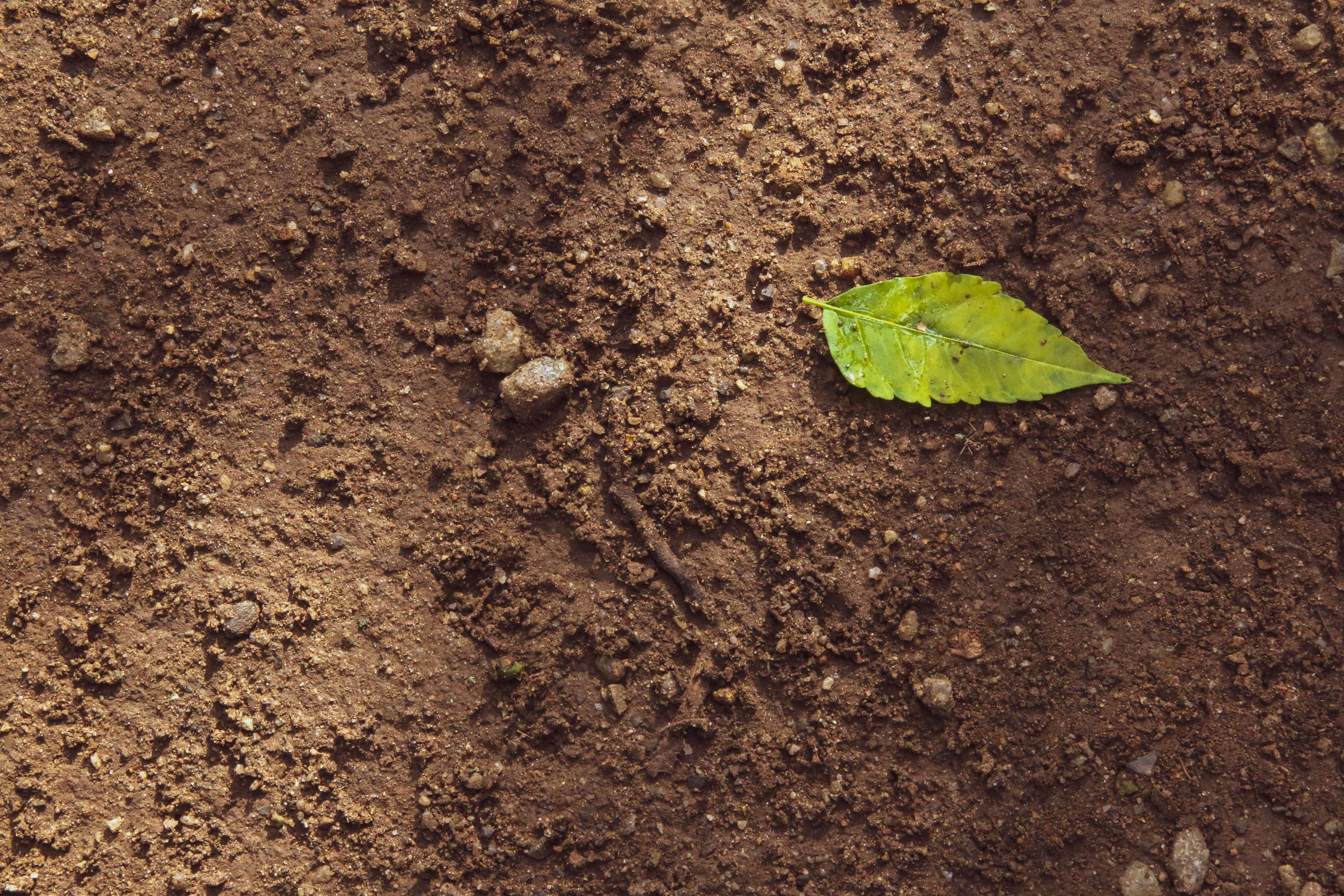Calcium materials such as calcite and phosphogypsum have been found to play a crucial role in the immobilization of heavy metals in soils, according to a new study released by Pusan National University. In addition to their ability to immobilize heavy metal pollutants, they can also reduce the availability of arsenic (As) to crops grown in soils spiked with arsenate. The efficacy of these materials in mitigating As availability was evaluated in a new study conducted by researchers from Korea. The study compared the effectiveness of calcite and phosphogypsum in reducing arsenic uptake in crops grown in upland soils that often contain arsenic ions as a pollutant.
Previous studies have shown that calcium materials such as calcite and phosphogypsum are effective in immobilizing heavy metal pollutants. This is because these materials alter the pH of the soil, which, in turn, affects the As(V) availability to crops. However, previous studies have not explored the mechanism through which calcium materials may affect As(V) phytoavailability. Therefore, the researchers aimed to fill this gap in knowledge by investigating the effect of calcite and phosphogypsum on As(V) availability and exploring the mechanism through which this may occur.
“Phosphogypsum is a by-product generated from phosphate fertilizer generation, while calcite is a common mineral found in limestone. Both of these essentially change the pH of the soil, which, in turn, affects the As(V) availability to crops. Yet, previous studies have not looked at the effect of calcium materials on As(V) phytoavailability nor explored the mechanism through which this may occur. This study is, therefore, an important step toward that direction,” says Professor Chang Oh Hong
Upon performing a chemical analysis of the soils after the incubation period, the researchers found phosphogypsum more effective at immobilizing As(V) in the soil than calcite. They suggested that this was due to a mechanism induced by phosphogypsum in which sulfate (SO42-) ions were exchanged with hydrogen arsenate (HAsO42-) ions that, in turn, led to a reduced As(V) availability. The substitution mechanism was particularly suitable for upland, arable soils, explaining phosphogypsum's higher effectiveness.
The findings of this study are significant as they demonstrate that phosphogypsum could be an optimum calcium fertilizer for soil amendment. The study has also brought us closer to making agricultural products safe for consumption. However, further research is required to evaluate the long-term effects of using phosphogypsum for soil amendment. This will help us better understand the potential benefits and risks associated with using this material in agriculture.
Read the study here.
Photo by Glen Carrie on Unsplash


